Operations and facilities managers across the warehousing, manufacturing, and logistics sectors face a constant challenge: moving goods efficiently while maintaining safety and compliance. Traditional handling systems often create bottlenecks, slow workflows, and raise labor costs, cutting into profitability.
As automation becomes essential, the global vertical lift module market is projected to surpass USD 2.7 billion by 2030, reflecting growing adoption of space-saving, automated storage systems that enhance speed, accuracy, and operational efficiency.
Understanding what a vertical lift is and how it functions can help resolve these issues. Vertical lifts optimize storage, improve workflow, and create safer, more space-efficient operations that deliver measurable ROI across multiple sectors.
A vertical lift, often called a Vertical Reciprocating Conveyor (VRC), is a mechanical system designed to move materials between multiple levels in a facility.
Unlike elevators meant for people, vertical lifts are specifically engineered for industrial environments to transport goods safely and efficiently.
They use platforms, chains, or hydraulic mechanisms to lift pallets, containers, or tools between floors. Most systems can handle loads ranging from a few hundred pounds to several tons, depending on configuration.
For Operations Managers, vertical lifts eliminate manual lifting hazards and speed up repetitive tasks, directly improving worker safety and throughput efficiency.
Vertical lifts come in various configurations, including hydraulic, mechanical, and modular systems. Each is built for precision, reliability, and compliance, allowing organizations to improve workflow without requiring major construction or new buildings.
Achieve seamless multi-level material transfer with Advance Lifts™ Hydraulic and Mechanical VRCs, engineered for strength, safety, and precision. These industrial-grade vertical conveyors supplied by Source Equipment simplify load handling in warehouses and manufacturing plants while maintaining OSHA compliance.
Request a consultation today and find the perfect lift solution for your facility.
Next, let’s understand how hydraulic lifts operate and the mechanisms that make them essential for safe and efficient material handling.
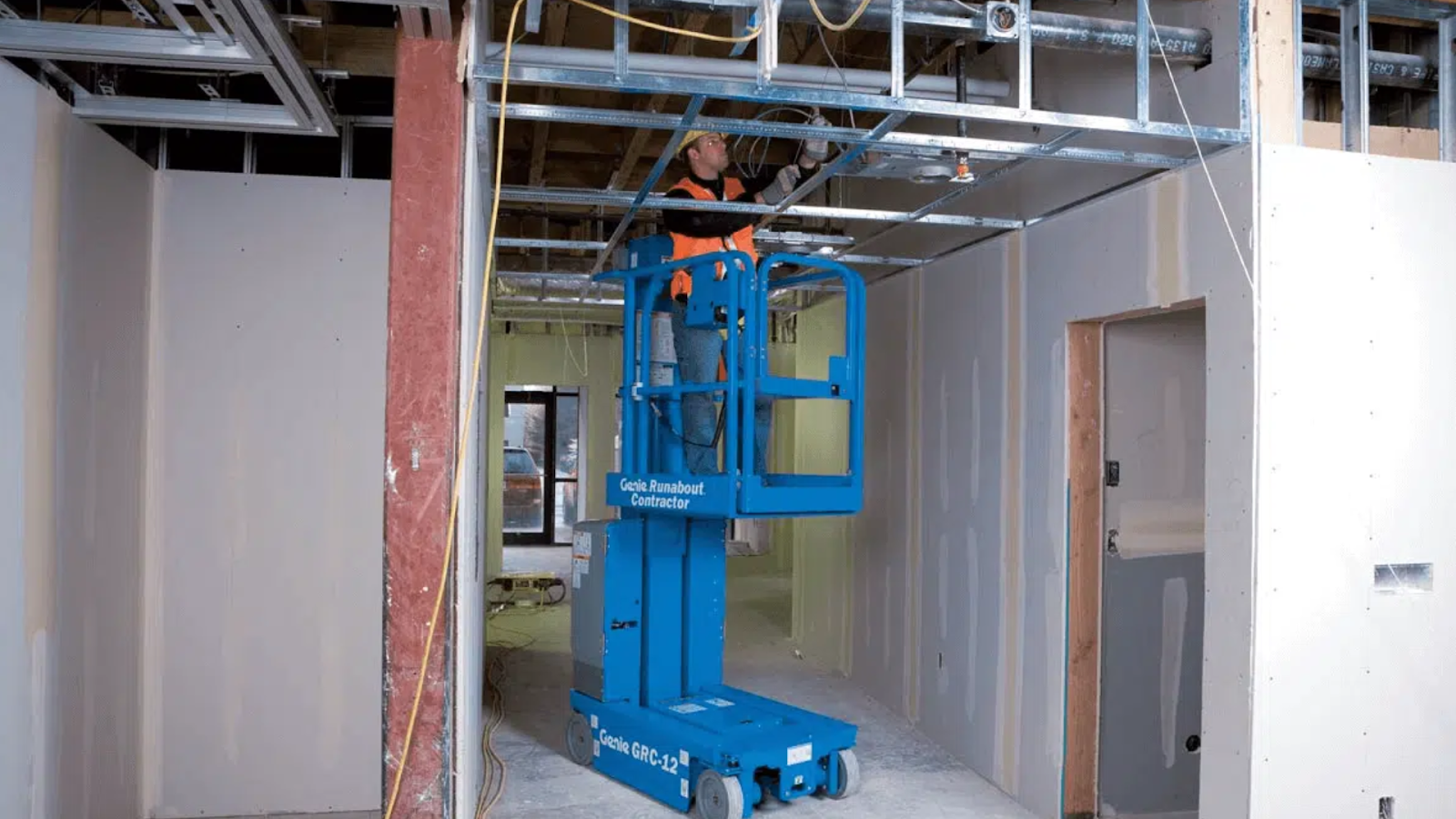
Understanding how vertical lifts operate helps managers identify the right setup for their facility. These systems combine mechanical precision with automation to move materials efficiently and safely.
Beyond simple lifting, vertical lifts transform how workspaces manage time, labor, and storage. Their design directly contributes to safer, faster, and more organized operations.
After learning the basics, let's explore the main types of vertical lifts used across industries.
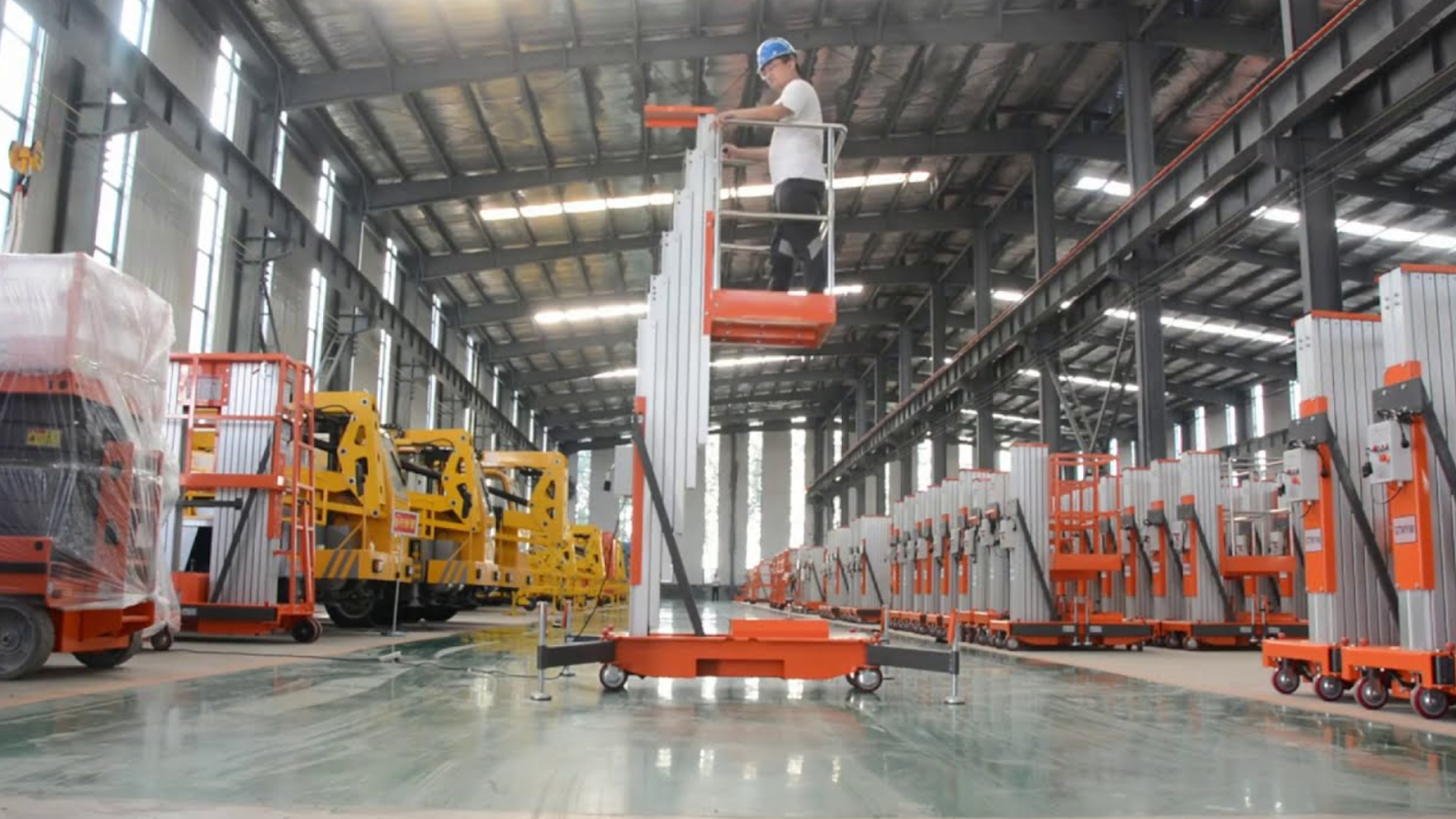
Different industries demand different lifting capabilities. Selecting the right type ensures safety, compliance, and operational efficiency. Below are the primary types of vertical lifts used across commercial and industrial settings.
Hydraulic vertical lifts operate through a piston system powered by pressurized hydraulic fluid. They’re common in manufacturing, logistics, and warehousing for moving heavy pallets or materials between mezzanine levels.
Key Features:
Technical Specifications:
New Trends and Technologies:
Modern hydraulic lifts use eco-friendly biodegradable fluids and energy-recovery valves to minimize power consumption. Smart hydraulic monitoring systems detect pressure variations and alert managers before system wear occurs.
Mechanical vertical lifts use chains, screws, or cables driven by an electric motor to lift materials. They’re preferred for high-frequency use and heavy-duty industrial applications requiring precision and durability.
Key Features:
Technical Specifications:
New Trends and Technologies:
Emerging models integrate smart chain lubrication systems and AI-driven predictive maintenance algorithms. These features reduce downtime, improve reliability, and extend the lifespan of mechanical components by up to 25%.
Modular vertical lifts are designed for flexibility. They consist of prefabricated structural modules that can be reconfigured or relocated as business requirements change. They’re popular in retail, government facilities, and logistics centers with changing space demands.
Key Features:
Technical Specifications:
New Trends and Technologies:
New modular lifts now feature plug-and-play IoT connectivity, enabling real-time data on load cycles, energy usage, and component health. Future-ready models integrate wireless controls for flexible operation and remote diagnostics.
Automated vertical lifts represent the future of material handling, combining mechanical precision with robotics and digital intelligence. They’re widely used in advanced manufacturing, e-commerce fulfillment, and defense logistics.
Key Features:
Technical Specifications:
New Trends and Technologies:
Next-generation automated lifts incorporate AI-based routing algorithms and digital twin simulations for real-time performance visualization. Integration with 5G networks allows remote diagnostics and predictive maintenance scheduling, reducing downtime by over 30%. Sustainability innovations include energy-regenerative drives that return power to the grid during descent.
Pneumatic lifts use air pressure to raise and lower platforms. They are ideal for lightweight, precision applications such as electronic assembly, laboratory environments, or maintenance platforms in controlled facilities.
Key Features:
Technical Specifications:
New Trends and Technologies:
Recent pneumatic lifts use intelligent air modulation to optimize energy use. Integration with smart compressors and wireless controllers allows precise lift motion control and energy savings of up to 15%.
Scissor lifts raise loads vertically using crisscrossing metal supports. They’re versatile for both indoor and outdoor use across construction, maintenance, and warehouse operations.
Key Features:
Technical Specifications:
New Trends and Technologies:
New scissor lifts include hybrid electric-diesel systems that reduce emissions and noise, making them suitable for indoor applications. Enhanced control systems feature joystick-based operation with automatic leveling and anti-sway technology.
Each type offers unique benefits that improve safety and workflow efficiency.

Vertical lifts are more than equipment; they’re productivity enablers. Each feature delivers measurable value tied to operational safety, efficiency, and ROI.
By utilizing unused vertical height, lifts increase storage density and free valuable floor space for critical processes. Facilities managers can store more inventory without expanding their building footprint, reducing real estate and operational costs.
Automating material movement reduces manual lifting and forklift traffic, lowering accident risks. Most vertical lifts meet OSHA, ANSI, and ASME standards, ensuring compliance while improving worker protection and workplace morale.
Automation eliminates delays caused by manual handling or equipment wait times. Procurement managers can expect improved throughput and faster order fulfillment, directly influencing customer satisfaction and bottom-line performance.
By consolidating vertical storage zones and reducing floor traffic, managers gain better visibility over assets. This helps prevent product misplacement, tampering, and theft, especially in large distribution or government facilities.
Vertical lifts reduce labor costs and downtime associated with manual handling equipment. With shorter payback periods, often under three years, business owners benefit from long-term savings and higher operational efficiency.
When your loading operations demand strength and consistency, Source Equipment distributes Advance Lifts™ Recessed and Top of Ground Dock Lifts built for performance. These systems ensure smooth truck-to-dock transitions and reduce forklift congestion while improving operator safety. Each lift meets industrial-grade standards for reliability and efficiency.
Explore the complete range of dock lift solutions in our product catalog.
Now, let's see how vertical lifts are used across different industries.
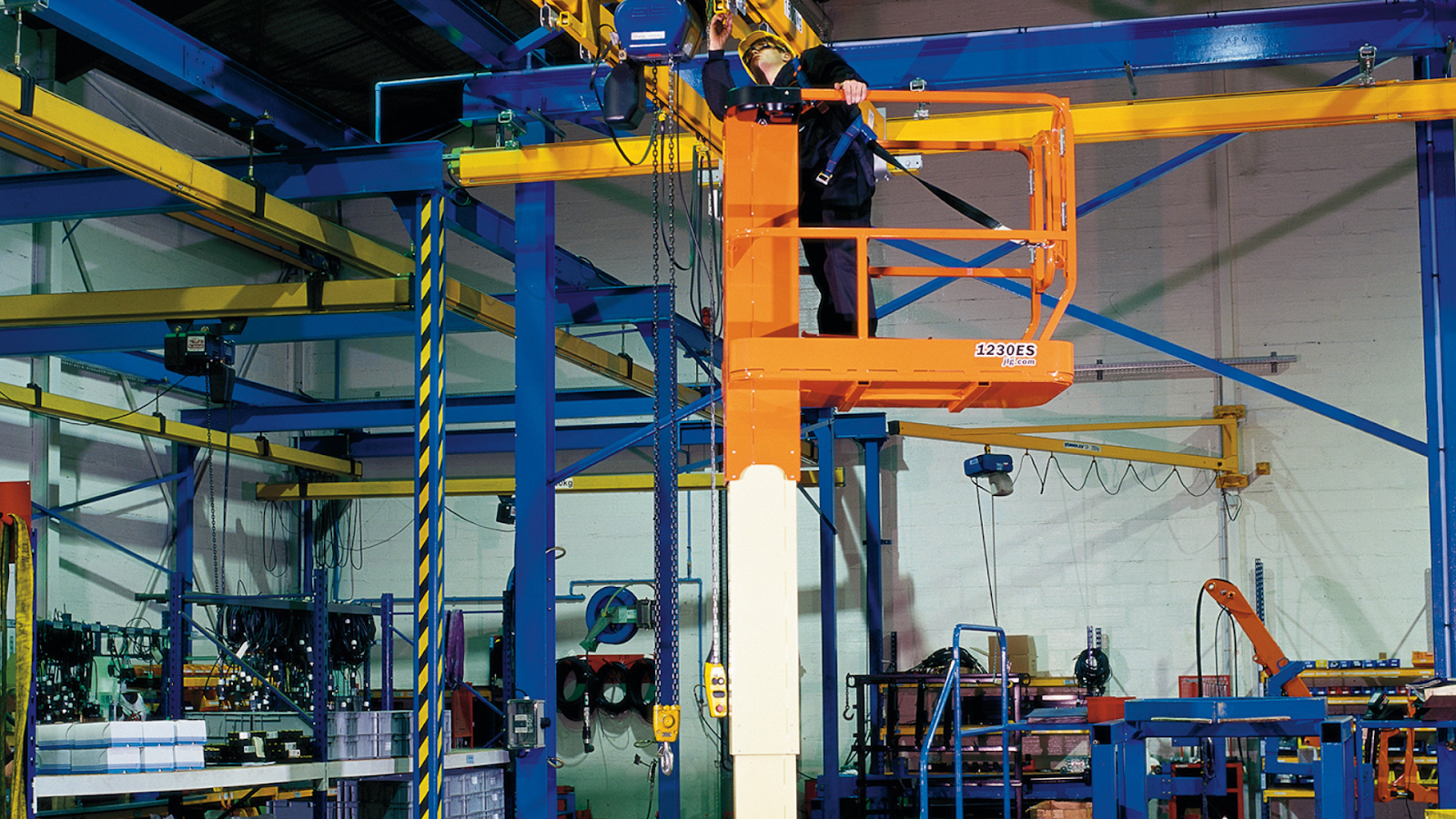
Vertical lifts are versatile tools with applications across warehousing, logistics, manufacturing, retail, and construction. Their ability to integrate with automation and digital systems enhances adaptability across environments.
In warehouses, vertical lifts manage pallet movement, order picking, and packaging.
They reduce forklift dependence, improve order accuracy, and allow multi-level storage layouts without sacrificing safety or compliance.
In manufacturing, vertical lifts transport materials between production stages or mezzanines. This improves coordination between assembly cells, minimizing downtime and reducing worker fatigue during repetitive transfers.
Retail distribution centers use lifts to move inventory between upper and lower levels.
As e-commerce volumes increase, automated lifts help maintain rapid order turnaround and accurate stock replenishment.
On construction sites, vertical lifts safely move heavy tools or prefabricated parts between floors. Utility facilities use them to transport maintenance gear or replace equipment, improving safety and service continuity.
Government facilities deploy vertical lifts for evidence storage, archive management, and controlled material access. These systems enhance organization, compliance, and security, aligning with federal safety and confidentiality standards.
Before selecting, review the essential factors that influence lift performance.
Selecting the right vertical lift requires a strategic approach. Each factor must align with operational needs, safety standards, and expected ROI.
By aligning these factors with facility requirements, procurement and operations teams can achieve higher productivity and long-term value. With the right lift in mind, proper implementation ensures long-term results.
A successful vertical lift implementation depends on planning, training, and continuous monitoring. Each step should focus on safety, compliance, and minimizing operational disruption.
Following these best practices ensures smoother deployment, faster ROI, and minimal downtime during integration. Additionally, Consistent maintenance keeps every lift safe and compliant.

Regular maintenance extends the performance and safety of vertical lifts.
A proactive support program helps operations managers prevent unplanned downtime and maintain compliance.
By prioritizing maintenance, facilities can improve uptime by up to 20%, reduce accidents, and ensure long-term asset reliability, directly impacting operational ROI.
Now see how Source Equipment supports your lift projects with quality partner solutions.
When it comes to designing or upgrading your vertical lift systems, the right equipment defines performance and reliability. For over three decades, Source Equipment has supplied warehouses, manufacturers, logistics hubs, and government facilities with durable, code-compliant lifting solutions from top brands. From dock lifts to high-capacity scissor tables, every product we distribute is engineered for precision, longevity, and operational safety, ensuring your facility operates at peak efficiency.
Advance Lifts™ products deliver dependable vertical handling solutions built to perform in the most demanding industrial environments.
Designed for flexibility and operator safety, Presto Lifts® offers innovative lifting equipment that enhances efficiency across manufacturing, warehousing, and retail operations.
For manufacturing and assembly environments that rely on heavy-duty performance, Source Equipment brings you lifts that enhance ergonomics, speed up production lines, and support higher load capacities with stable lifting motion. Our product range is built to improve productivity and ROI across industrial floors.
To improve the way your facility handles material flow, safety, and productivity, you must first understand what a vertical lift is. From warehouses to government operations, vertical lifts deliver measurable improvements in space utilization, compliance, and efficiency.
For operations and procurement managers, these systems represent more than a convenience; they’re a strategic investment in workplace safety, performance, and profitability. With smart technologies, modular designs, and low maintenance costs, vertical lifts continue to redefine efficiency for every modern industrial environment.
Across retail, maintenance, and utilities, Source Equipment distributes Presto Lifts® Portable and Pneumatic Lifts, which are compact, efficient, and perfect for mobile applications. These clean, air-powered systems minimize maintenance while delivering precise, smooth elevation for light- to mid-duty operations. Reliable and operator-friendly, they keep facilities flexible and compliant.
Connect with Source Equipment to explore partner-brand lift systems tailored to your workspace.
A vertical lift, or Vertical Reciprocating Conveyor (VRC), is designed solely for material movement, not passengers. Unlike freight elevators, vertical lifts fall under ASME B20.1 rather than elevator codes. They use mechanical or hydraulic systems for consistent lifting performance. VRCs also have simpler installation requirements and lower long-term maintenance costs.
Yes. Vertical lifts can be custom-engineered to match ceiling height, floor load, and material flow requirements. Facilities managers can choose between platform sizes, door configurations, and travel distances. Manufacturers offer modular designs that fit existing infrastructure without heavy structural modification. This flexibility ensures efficient integration and maximum space utilization.
Operators should complete a certified equipment safety program focusing on control usage, load balance, and emergency procedures. Most training sessions last a few hours and include hands-on practice. Facilities must document operator certifications and conduct refresher courses annually. Proper training helps reduce accidents, ensuring OSHA and ANSI compliance across shifts.
Yes, many vertical lifts are weather-resistant and built for outdoor use in construction sites, utilities, or dock areas. Galvanized steel frames and sealed hydraulic units protect against rust, debris, and temperature extremes. Optional enclosures add safety for personnel and materials. Proper sealing and corrosion-proof coatings extend service life even in harsh climates.
Modern vertical lifts can connect to Warehouse Management Systems (WMS) or ERP software through programmable logic controllers (PLCs). This integration enables automated load tracking, route scheduling, and predictive maintenance alerts. IoT sensors feed real-time data on lift usage and load distribution. These capabilities support Industry 4.0 automation goals and continuous improvement.
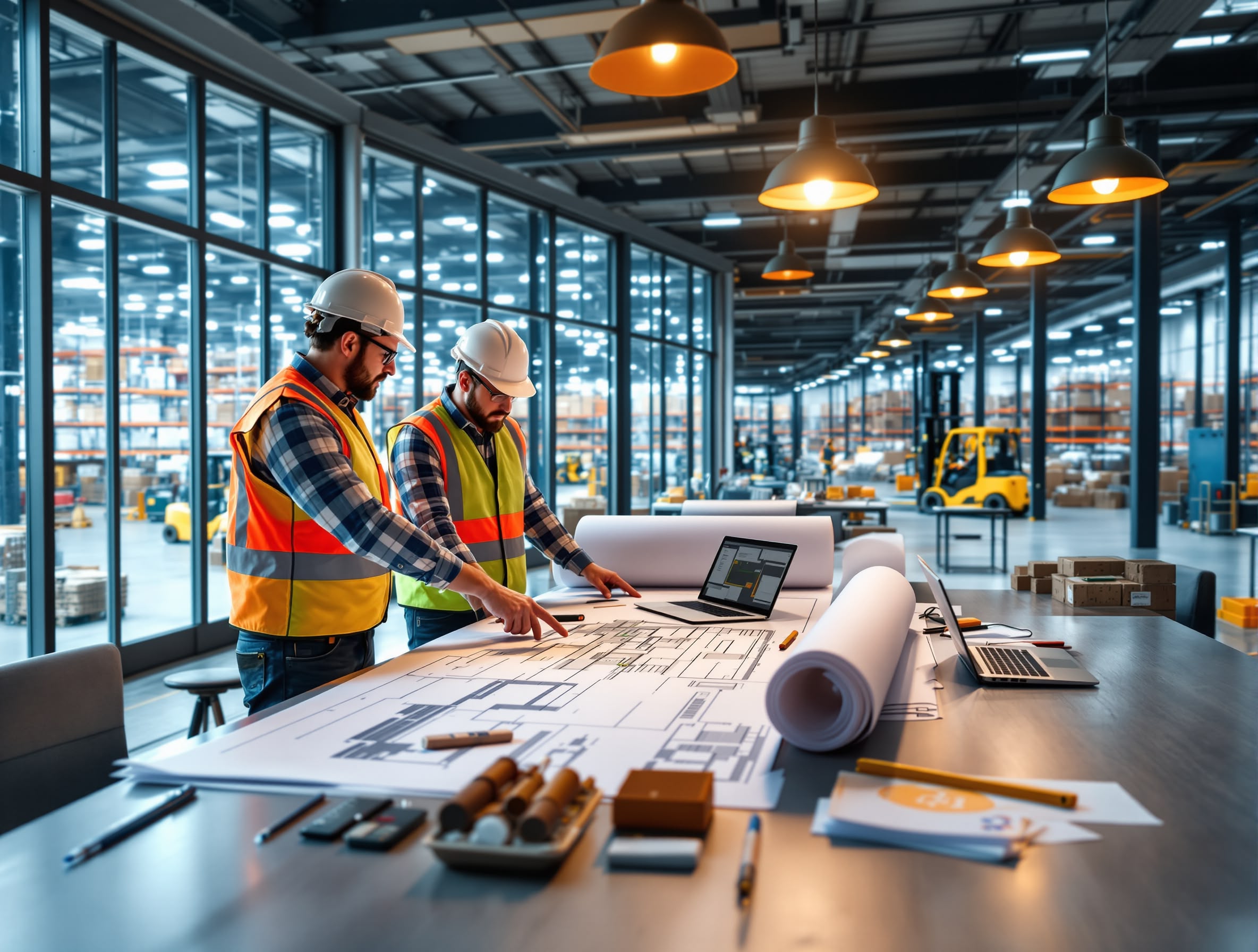
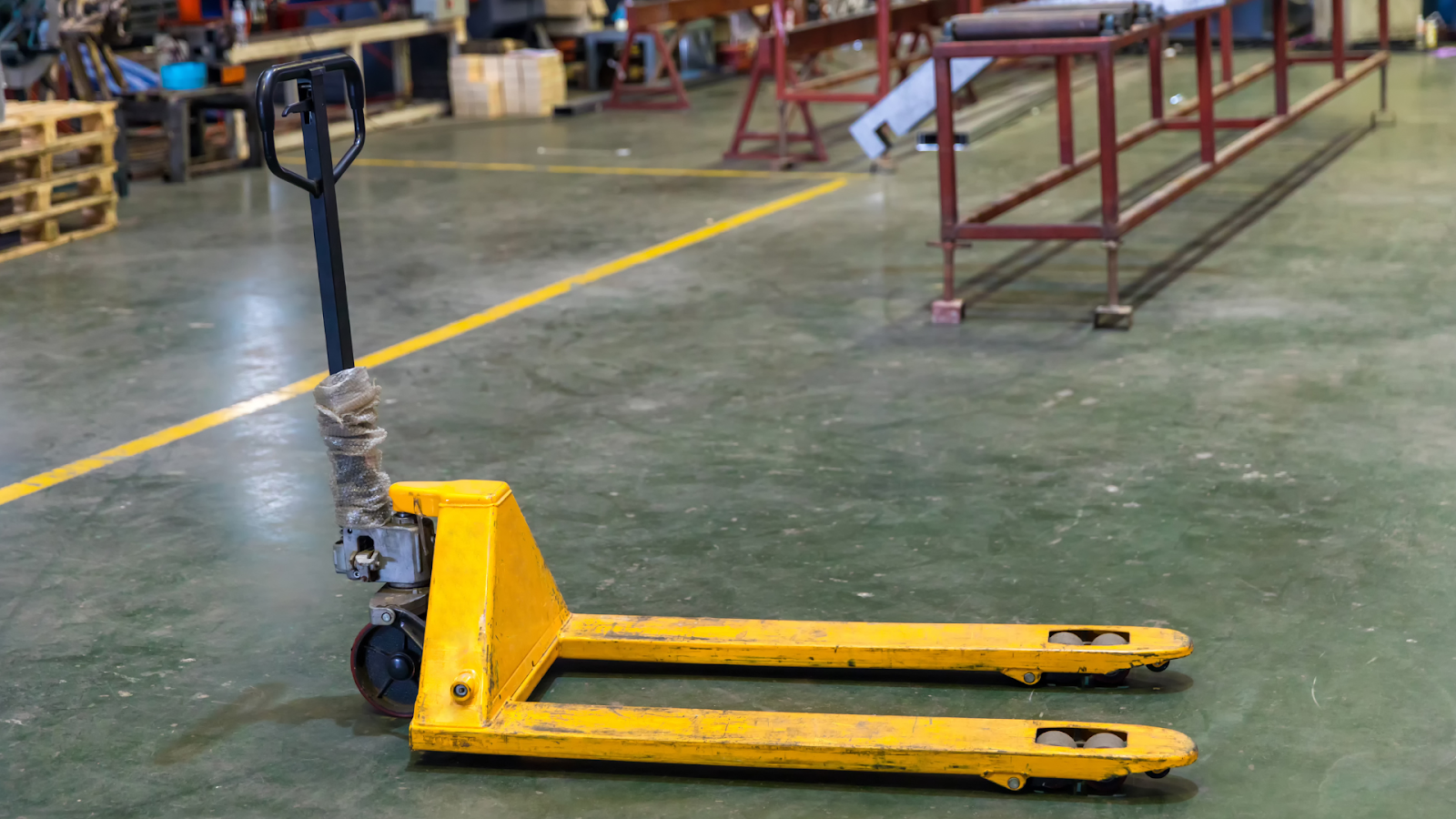
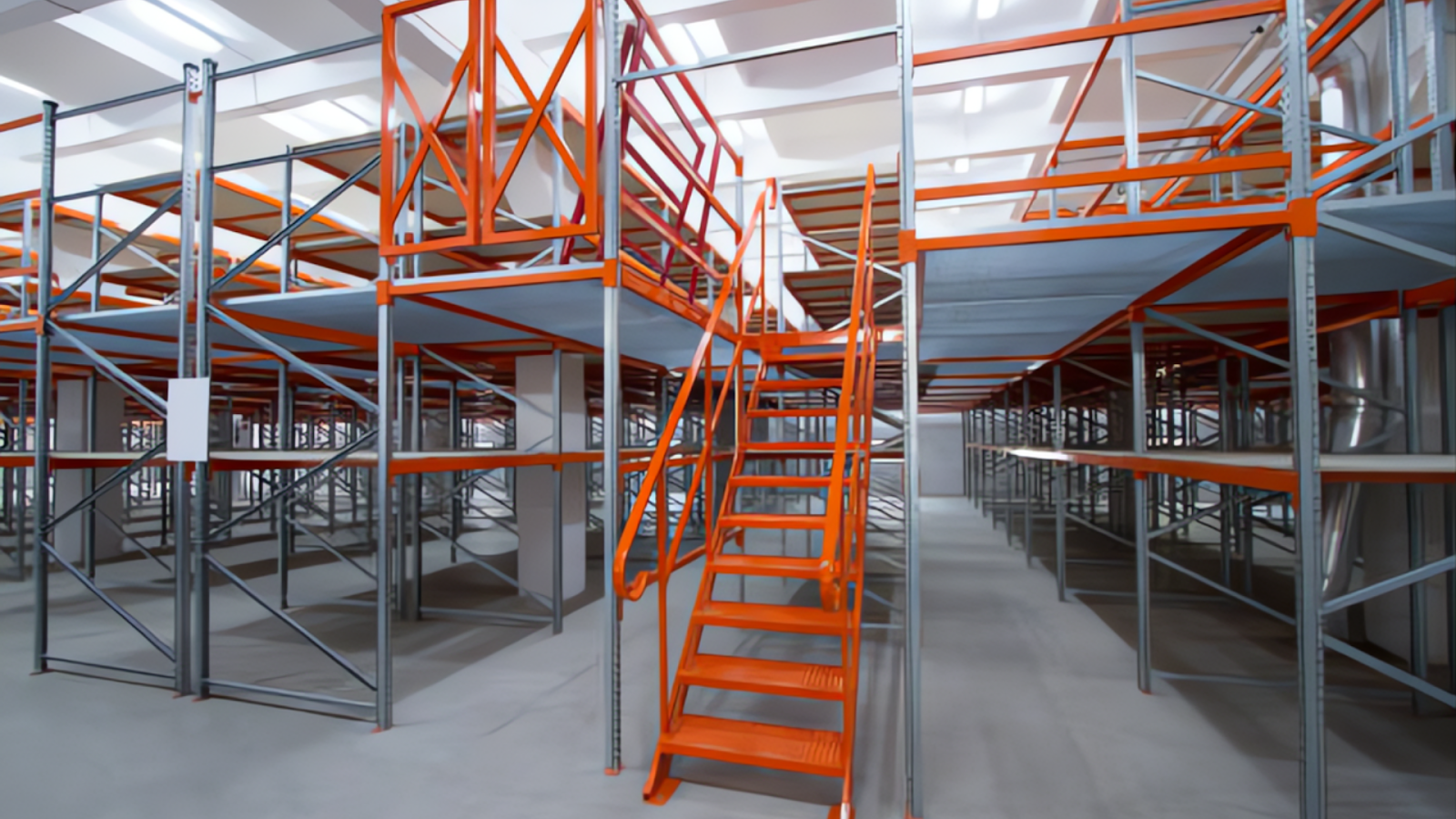

Ready to Upgrade Your Process Operations?